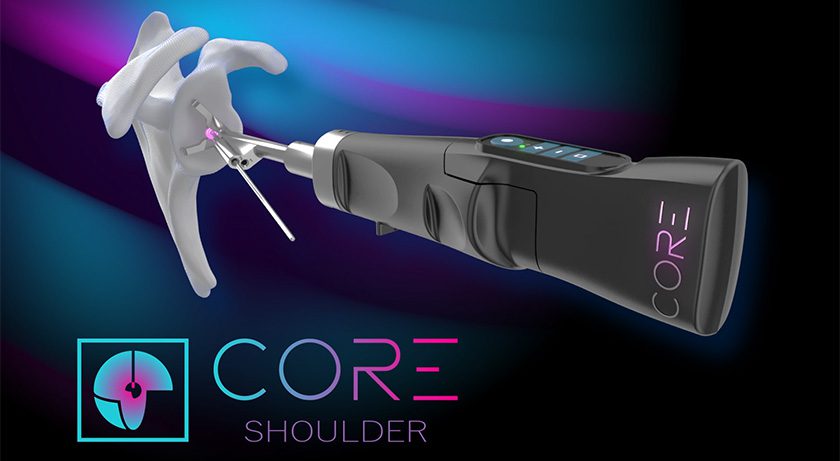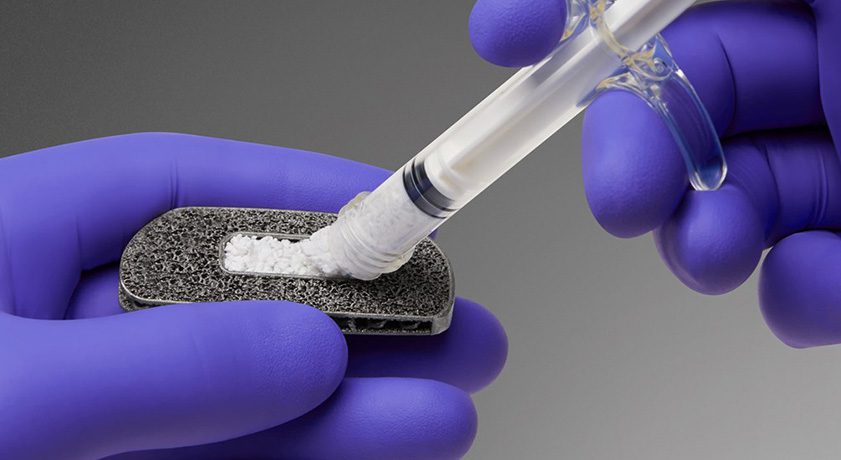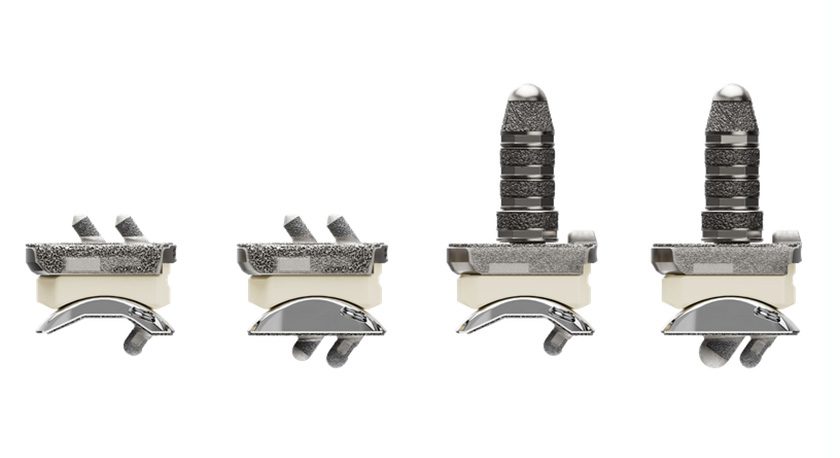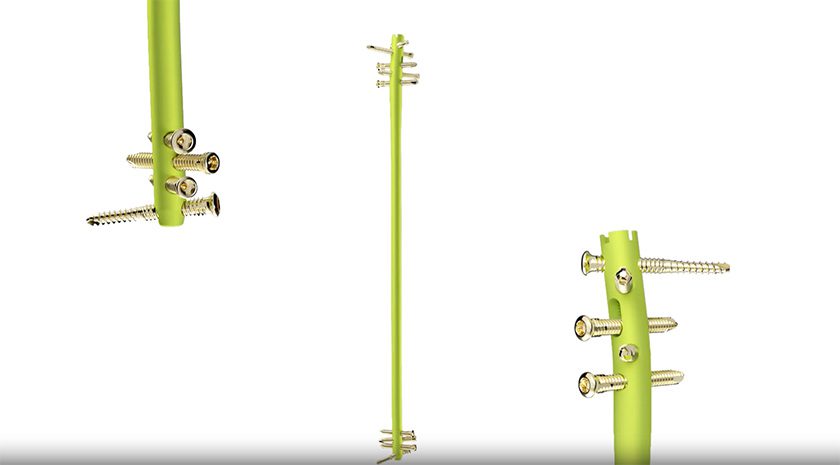

 Copy to clipboard
Copy to clipboard 
The latest annual report from the Australian Orthopaedic Association National Joint Replacement Registry (AOANJRR) highlights the performance of Smith+Nephew’s proprietary OXINIUM on highly cross-linked polyethylene. The data indicates that this combination has the highest survivorship rate (94.1%) among all bearing combinations over a 20-year period for total hip arthroplasty (THA).
The report on 20-year outcomes corroborates similar findings and peer-reviewed publications from the National Joint Registry for England, Wales, Northern Ireland and the Isle of Man. Whitehouse et al. found that hip implants combining delta ceramic or OXINIUM (Oxidized Zirconium) heads with XLPE (highly cross-linked polyethylene) liners or cups had the lowest risk of needing revision surgery over a 15-year period.
Four registries in total – including the Italian Registry (RIPO; Register of Orthopaedic Prosthetic Implants) and the Dutch Arthroplasty Register (LROI) – have now demonstrated that OXINIUM/XLPE had a 35% lower risk of revision at 10-years versus other modular acetabular implants.
Through a unique manufacturing process, the OXINIUM alloy becomes a ceramicised metal rather than an applied coating. It is this material transformation that provides OXINIUM with benefits which include:
- The durability of metal, the wear resistance of ceramic and corrosion resistance better than both metal and ceramic
- Virtually no nickel, cobalt and chromium, with a 30x reduction in pro-inflammatory markers for OXINIUM. As such, OXINIUM implants do not require declaration of the presence of CMR (carcinogenic, mutagenic, reprotoxic) substances on the labeling.
“Registries throughout the world have highlighted the performance of OXINIUM for total hip arthroplasty. The AOANJRR report showing 20-year outcomes provides powerful evidence for payers, hospitals, surgeons and patients of our truly differentiated and proven technology,” said Craig Gaffin, President of Global Orthopaedics at Smith+Nephew. “OXINIUM/XLPE continues to demonstrate superior revision rates across multiple global joint replacement registries.”
Source: Smith+Nephew
The latest annual report from the Australian Orthopaedic Association National Joint Replacement Registry (AOANJRR) highlights the performance of Smith+Nephew’s proprietary OXINIUM on highly cross-linked polyethylene. The data indicates that this combination has the highest survivorship rate (94.1%) among all bearing combinations over a 20-year...
The latest annual report from the Australian Orthopaedic Association National Joint Replacement Registry (AOANJRR) highlights the performance of Smith+Nephew’s proprietary OXINIUM on highly cross-linked polyethylene. The data indicates that this combination has the highest survivorship rate (94.1%) among all bearing combinations over a 20-year period for total hip arthroplasty (THA).
The report on 20-year outcomes corroborates similar findings and peer-reviewed publications from the National Joint Registry for England, Wales, Northern Ireland and the Isle of Man. Whitehouse et al. found that hip implants combining delta ceramic or OXINIUM (Oxidized Zirconium) heads with XLPE (highly cross-linked polyethylene) liners or cups had the lowest risk of needing revision surgery over a 15-year period.
Four registries in total – including the Italian Registry (RIPO; Register of Orthopaedic Prosthetic Implants) and the Dutch Arthroplasty Register (LROI) – have now demonstrated that OXINIUM/XLPE had a 35% lower risk of revision at 10-years versus other modular acetabular implants.
Through a unique manufacturing process, the OXINIUM alloy becomes a ceramicised metal rather than an applied coating. It is this material transformation that provides OXINIUM with benefits which include:
- The durability of metal, the wear resistance of ceramic and corrosion resistance better than both metal and ceramic
- Virtually no nickel, cobalt and chromium, with a 30x reduction in pro-inflammatory markers for OXINIUM. As such, OXINIUM implants do not require declaration of the presence of CMR (carcinogenic, mutagenic, reprotoxic) substances on the labeling.
“Registries throughout the world have highlighted the performance of OXINIUM for total hip arthroplasty. The AOANJRR report showing 20-year outcomes provides powerful evidence for payers, hospitals, surgeons and patients of our truly differentiated and proven technology,” said Craig Gaffin, President of Global Orthopaedics at Smith+Nephew. “OXINIUM/XLPE continues to demonstrate superior revision rates across multiple global joint replacement registries.”
Source: Smith+Nephew

You are out of free articles for this month
Subscribe as a Guest for $0 and unlock a total of 5 articles per month.
You are out of five articles for this month
Subscribe as an Executive Member for access to unlimited articles, THE ORTHOPAEDIC INDUSTRY ANNUAL REPORT and more.
JV
Julie Vetalice is ORTHOWORLD's Editorial Assistant. She has covered the orthopedic industry for over 20 years, having joined the company in 1999.







